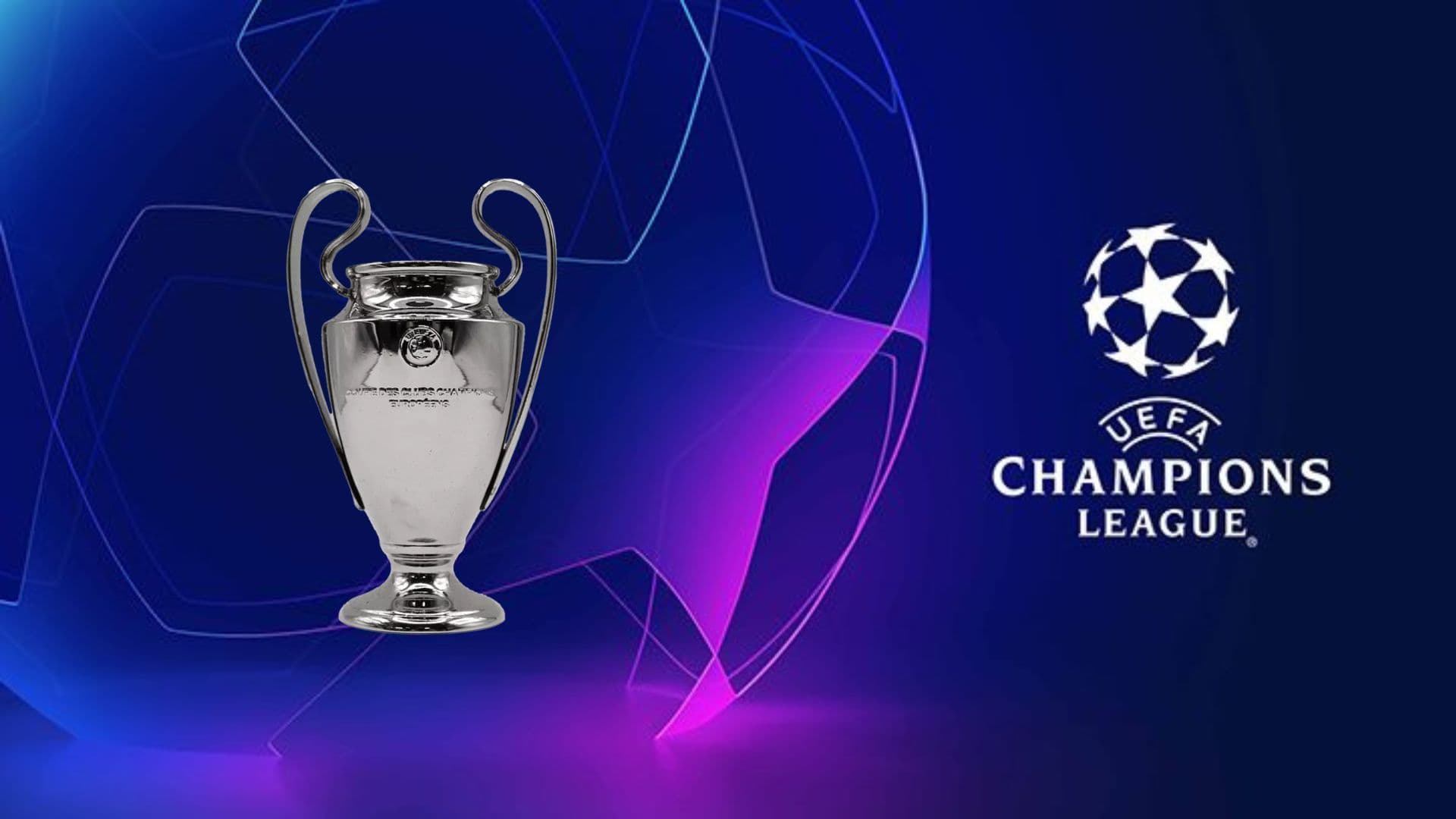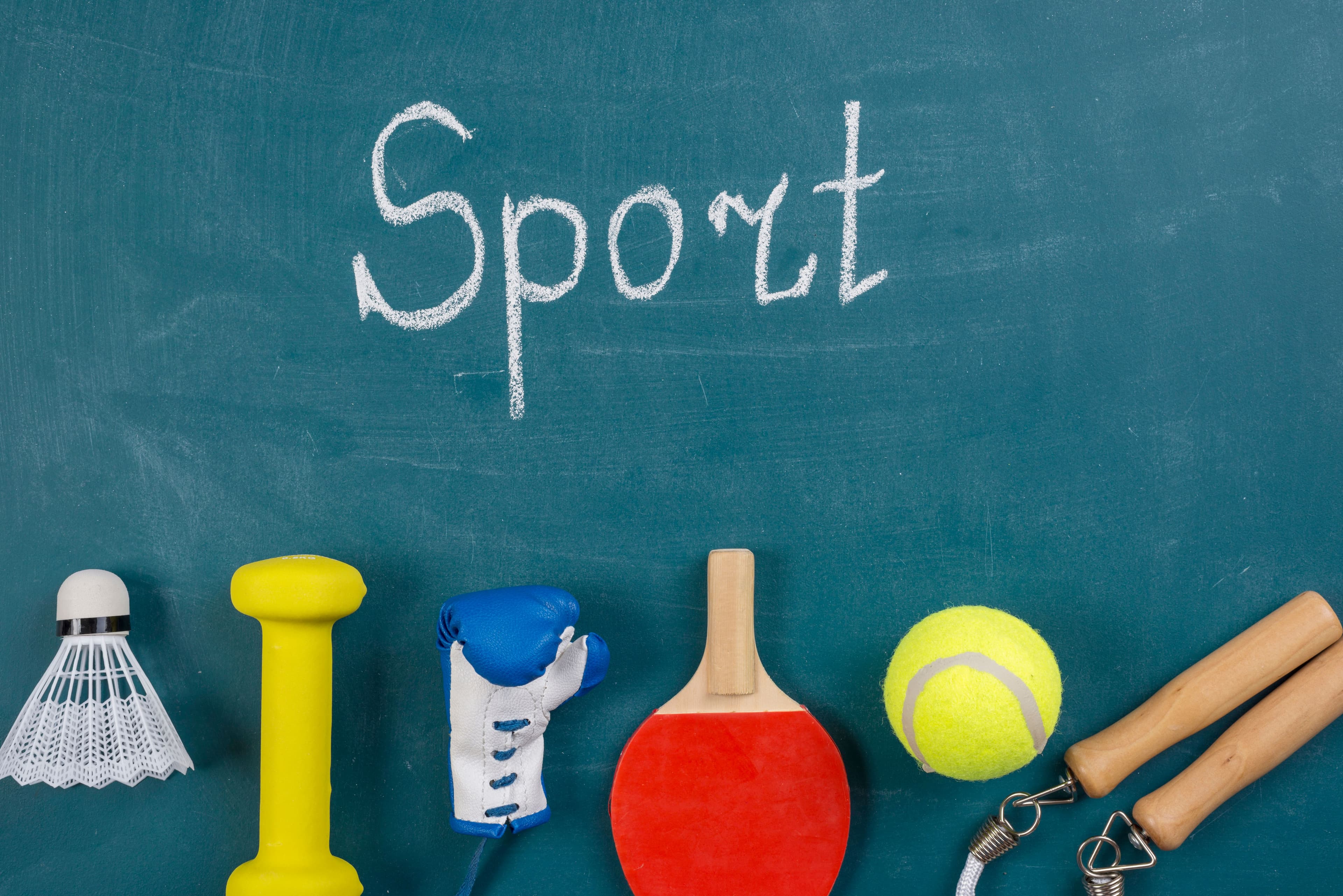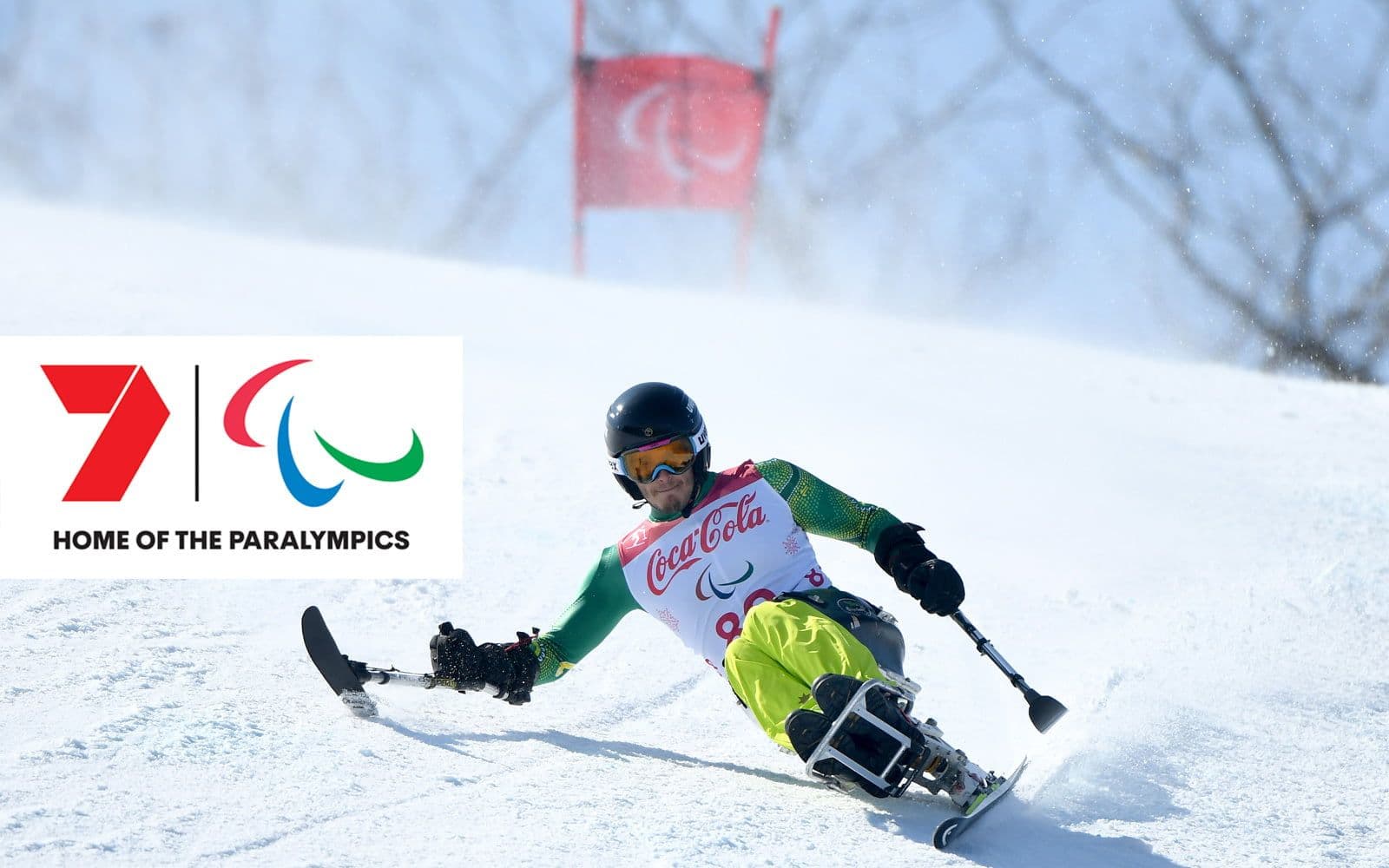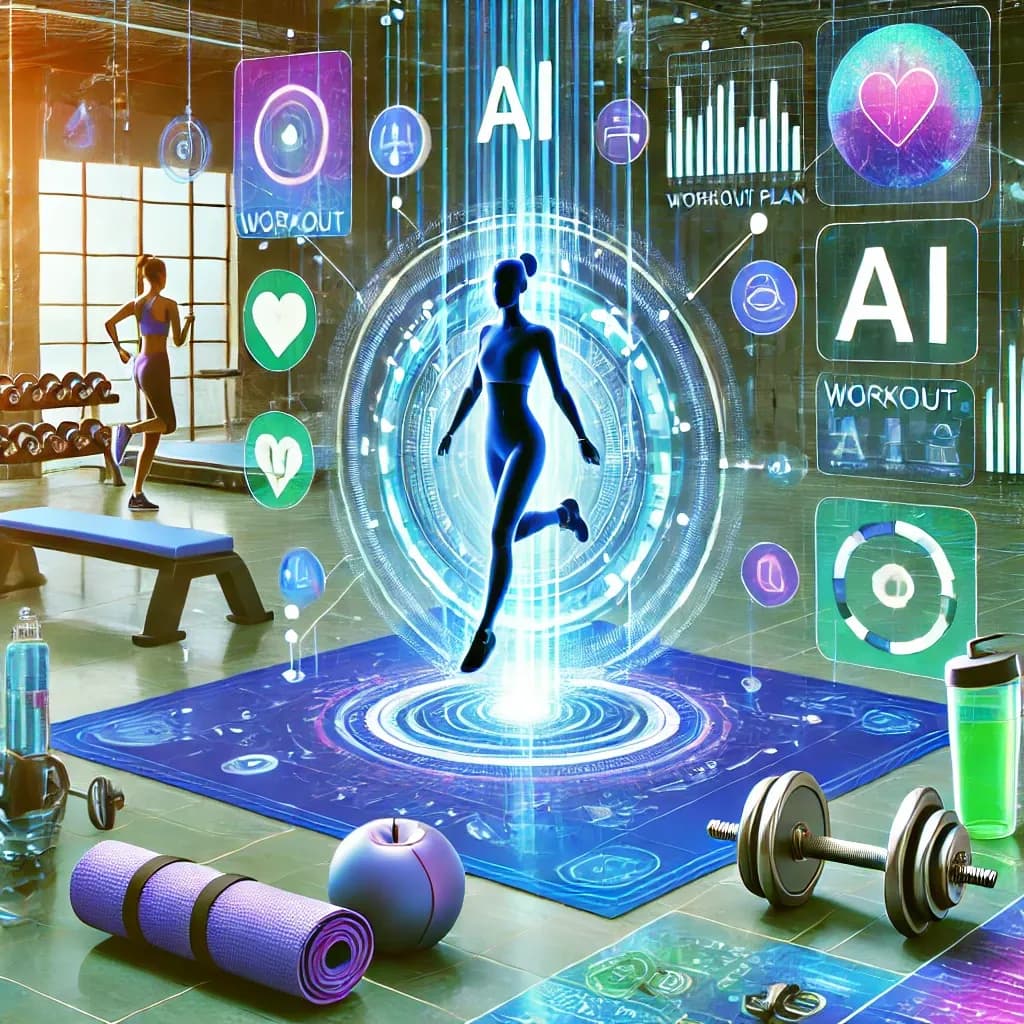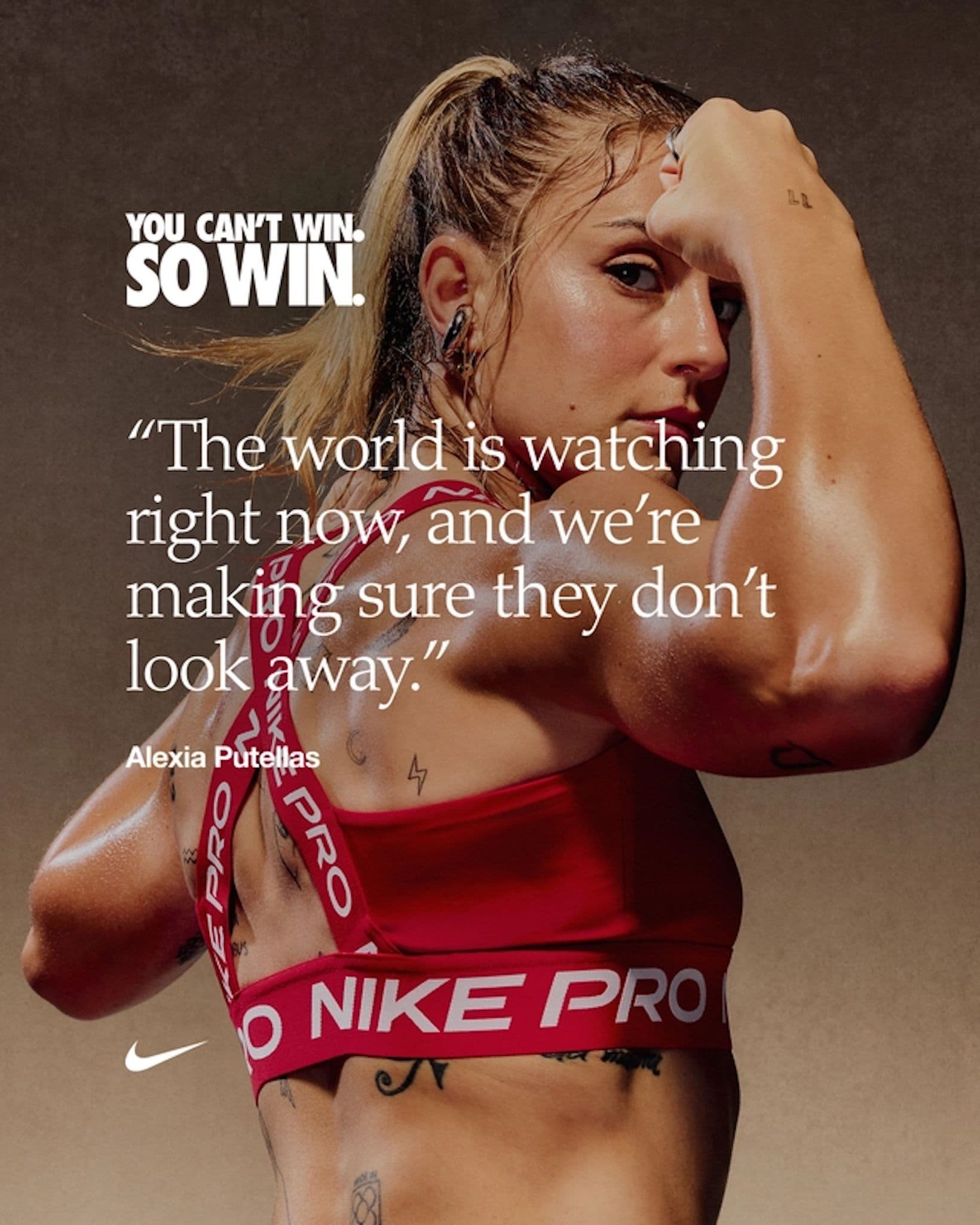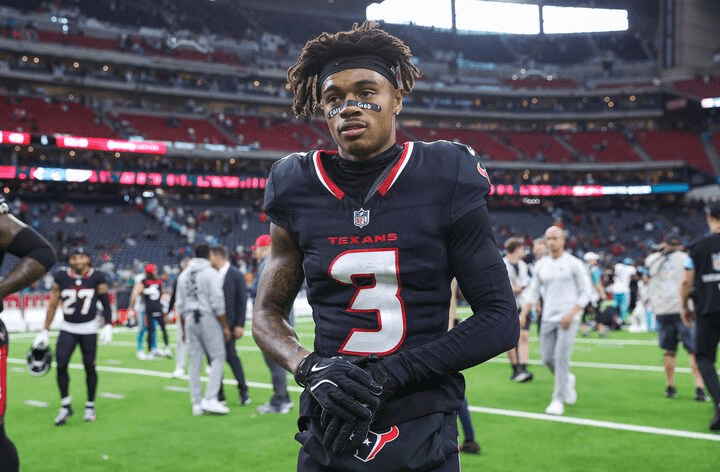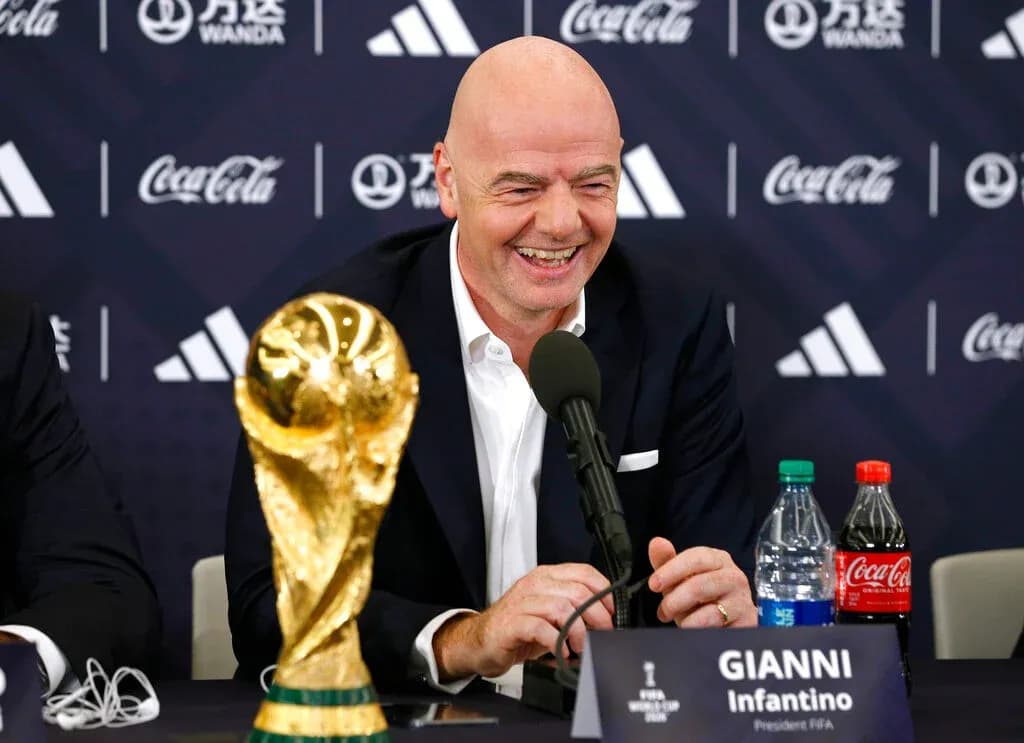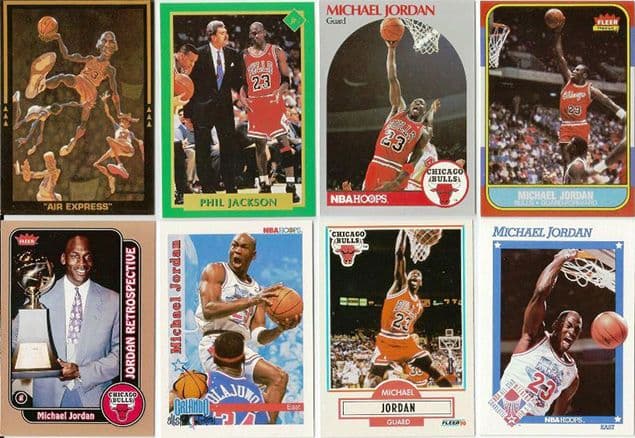Sports and Media
Adidas Unveils 2026 FIFA World Cup Ball TRIONDA With Embedded Technology
Jasmeen Dugal
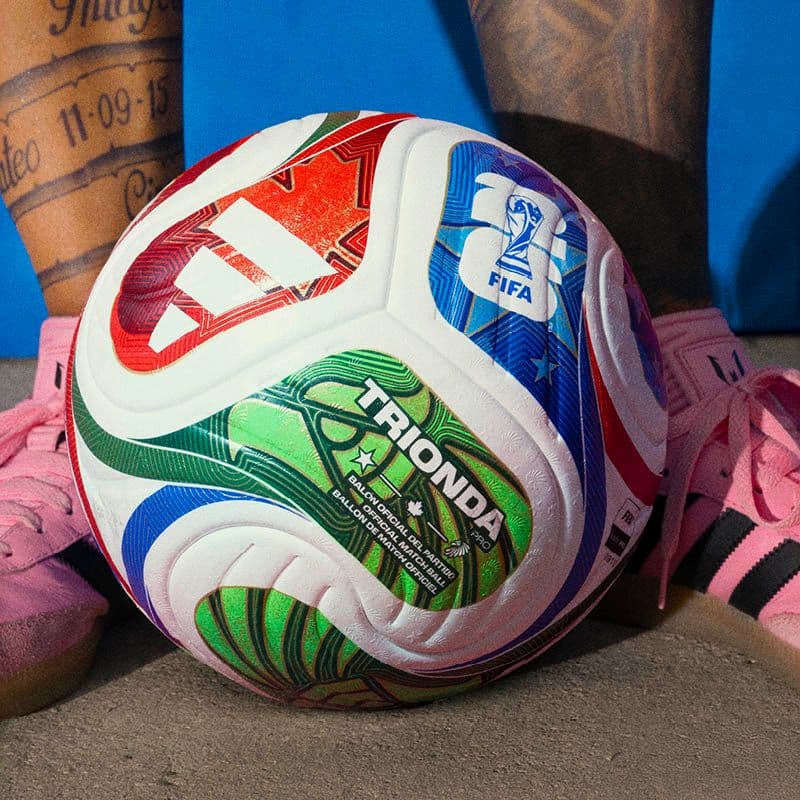
adidas has just revealed TRIONDA, the Official Match Ball for the FIFA World Cup 26. Designed to represent the three nations while delivering consistent performance across different climates, its integrated technology sends precise ball data to the Video Assistant Referee in real time, which when combined with player position data and AI, helps match officials make faster offside decisions!!
adidas has just unveiled TRIONDA, the Official Match Ball for the FIFA World Cup 2026. Designed to represent the three nations while delivering consistent performance across different climates and altitudes, TRIONDA colours, textures, and embedded technology connect fans, players, and referees in ways no World Cup ball has before.
"Football creates joy — and no other tournament encapsulates that joy like a FIFA World Cup. For the first time, we will see it travel across three countries, and with that, comes an Official Match Ball worthy of the occasion", Solene Stoermann, Category Director at adidas, said. "As soon as the tournament hosts were announced, we knew we had to make something special; a ball that can be played everywhere, from the backyard to the world’s biggest stage."
A celebration of the host nations
A celebration of the nations that will host the tournament I.e. Canada, Mexico and the USA, TRIONDA is crafted using a four-panel ball construction for high performance. Each panel features the country colours of red, blue and green which connect in the form of a triangle in the center of the panel, symbolising three nations coming together to host the tournament for the first time.
Each host nation is celebrated by iconography significant to the countries: a star for the USA, a maple leaf for Canada, and an eagle for Mexico. The icons are featured as bold graphics on the panel designs and subtly embossed onto the base of the ball. Finally, the design is finished with gold embellishment in homage to the FIFA World Cup trophy and a reminder that every player chasing this ball is competing for the ultimate prize.
Performance point of view
Every element is purposeful, from form to function. The four-panel construction is designed with deep seams and strategically placed debossed lines alongside the embossed country icons, creating a ball surface that produces optimal in-flight stability by ensuring there is sufficient, evenly distributed drag as it travels through the air. The embossed icons provide the added performance benefit of elevated grip on the ball when dribbling or striking the ball in wet or humid conditions.
"With TRIONDA, every detail has an impact. The textures, layered graphics and bold colours make the ball stand out instantly, creating a design that feels alive in your hands", said Sam Handy, General Manager at adidas Football", in a company release. "It is the most visually playful FIFA World Cup ball we have ever created – a piece of craftsmanship built for the biggest stage, that makes you want to hold it, admire it, and above all, play with it."
Was it tested? "The 2026 World Cup is unique because of its scale: sixteen host cities spread across three very different countries," Solene Stoermann Category Director FTW, adidas told Versus. "Each city has its own altitude, humidity, weather, and playing conditions… We tested TRIONDA in seven of those sixteen locations to make sure it performed everywhere. Whether it’s a dry, high-altitude city in Mexico or a humid coastal environment in the U.S., the ball had to feel consistent and reliable."
Embedded technology
TRIONDA footballs also carry the latest evolution of adidas Connected Ball Technology in the form of an innovative new side mounted chip system. The 500Hz inertial measurement unit motion sensor chip sits inside a specially created layer in one of the four panels. The addition of counter-balances across the three other panels ensures continued flight stability and balance.
Providing insight into ball movement, the technology sends precise ball data to the Video Assistant Referee system in real time, which when combined with player position data and by applying AI, helps match officials make faster decisions. Developed in close collaboration with Kinexon, adidas Connected Ball Technology can aid match officials in identifying each individual touch of the ball, resulting in less time spent resolving specific incidents, including possible handball.
How does this technology support referees and officiating? "Football today moves faster than ever. Referees have to make split-second decisions, and the connected ball gives them confidence", Hannes Schaefke, Concepts Director, Football, adidas tells Versus. "For instance, last year at the Euros, a handball went unseen, but the ball’s sensor showed the exact touch. It also helps with offsides — the ball automatically tracks the frame it leaves a player’s foot, sending data five hundred times per second to stadium anchor points. That precision reduces ambiguity, helping referees make definitive calls in real time."
PS The Official Match Ball is available to purchase in adidas, in-store and online, and at select retailers.
RELATED ARTICLES
Gazelle vs Samba: Which Adidas Classic Is Right For You?
About adidas
Adidas originated in 1924 when Adolf Adi Dassler, a cobbler with a passion for sports, teamed up with his brother Rudolf to form the Dassler Brothers Shoe Factory in Germany. Post- World War I, Dassler utilised his athletic background to create lightweight spiked running shoes that became popular after sprinter Jesse Owens wore them at the 1936 Berlin Olympics. The brand’s reputation soared but World War II disrupted operations. Post-war, Adolf rebranded the company, adidas, while Rudolf founded Puma.
adidas vision involves a commitment to innovation, performance and sustainability. The company develops cutting-edge products that enhance athletic performance and empower athletes to reach their full potential. Through advancements such as Boost cushioning technology and 3D-printed footwear, Adidas ensures that its products deliver exceptional performance and support for diverse sports and activities.
Equally integral to its vision is sustainability and social responsibility. The brand recognizes the importance of minimizing its environmental footprint and has embraced eco-friendly practices, such as using recycled materials and developing sustainable manufacturing processes, to reduce waste and resource consumption. Recently, Adidas launched the Stan Smith Mylo shoe made from mushroom-derived materials. By aligning its innovative drive with responsible stewardship, adidas seeks to create products that advance athletic performance and contribute to a more sustainable and equitable world.
Today, Adidas is a leading global brand, endorsing top athletes and integrating cutting-edge technologies into its products. Headquartered in Herzogenaurach Germany, the company employs more than 62,000 people across the globe and generated sales of € 23.7 billion in 2024. Per the official website — "Athletes do not settle for average. And neither do we. We have a clear mission: To be the best sports brand in the world. Every day, we come to work to create and sell the best sports products in the world, and to offer the best service and consumer experience — and to do it all in a sustainable way."
About adidas in football
adidas is the global leader in football and the official supplier of the most important football tournaments in the world, such as the FIFA World Cup, the FIFA Women’s World Cup, the FIFA Club World Cup, the UEFA European Football Championship, the UEFA Champions League and the UEFA Womens Champions League. adidas also sponsors some of the top clubs including Real Madrid, Manchester United, Arsenal, FC Bayern Munich and Juventus. The brand also has partnerships with the best athletes in the game including Aitana Bonmati, Trinity Rodman, Vivianne Miedema, Alessia Russo, Lena Oberdorf, Mary Fowler, Wendie Renard. Leo Messi, Jude Bellingham, Mohamed Salah, Pedri, Lamine Yamal, Florian Wirtz, Paulo Dybala, Gabriel Jesus, Roberto Firmino, Joao Felix, Serge Gnabry and Manuel Neuer.
